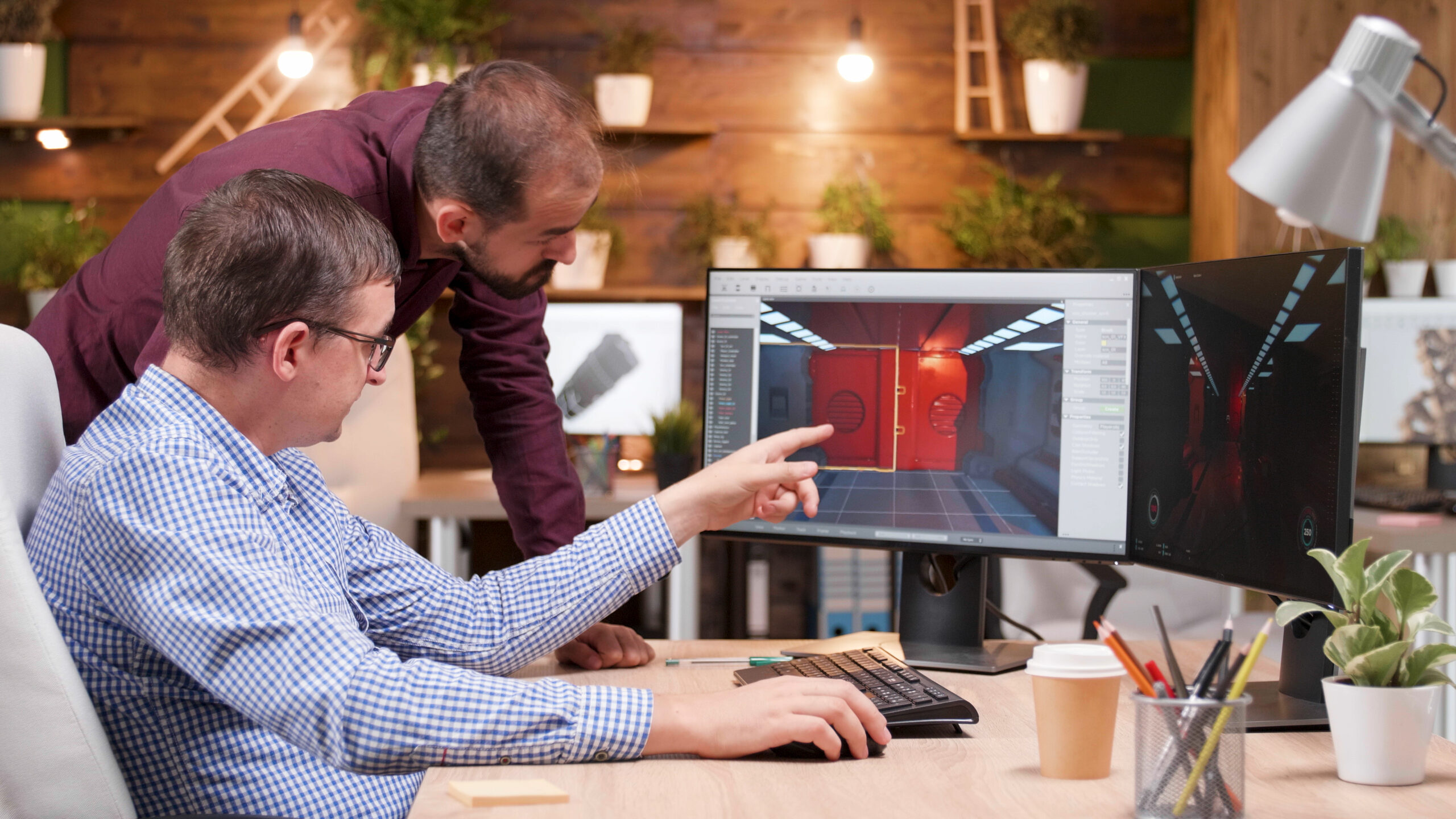Table of Content
ToggleAugmented Reality (AR) Integration in Web Design: Revolutionising User Experience
Gaming and smartphone apps are no longer the only uses for augmented reality (AR). These days, it is being incorporated into web design to produce interactive and engaging experiences right within the browser. This development is changing the way people interact with content on the internet and presents innovative opportunities for companies, designers, and brands.
What is AR in Web Design?
AR in web design, often called WebAR, involves integrating augmented reality features into a website using technologies like WebXR, JavaScript frameworks, and 3D models. It enables users to view and interact with digital elements overlaid on their real-world environment using only their smartphone or webcam—no app required.
Benefits of Using AR in Web Design:
Responsive Design
1. Enhanced User Engagement:
AR captures attention and keeps users on the site longer by offering a unique, immersive experience.
2.Improved Product Visualization:
Especially useful in e-commerce, AR lets users preview products in their environment (like seeing a chair in their living room).
3.Better Storytelling:
AR allows brands to tell their stories in more interactive and compelling ways.
4. Increased Conversion Rates:
When users can visualize or interact with a product, they are more likely to convert.
How to Implement AR on Websites
- Make use of WebAR libraries, such as A-Frame, Three, ZapWorks, and 8thWall.Integrating AR into web projects is made simpler by js.
- Design for Performance: Because AR can be resource-intensive, it is essential to optimise assets (such as 3D models and images) to ensure seamless operation.
- Keep UX in Mind: Make sure AR features are simple to use, accessible, and don’t detract from the website’s primary goal.
- Test Across Devices: WebAR is not equally supported by all browsers and devices. Be sure to include fallbacks and test for compatibility.
Real-World Use Cases
- E-commerce: Virtual try-on for fashion, makeup, or furniture.
- Real Estate: Walkthroughs of properties via AR on listing websites.
- Education: Interactive 3D models for learning complex concepts.
- Marketing Campaigns: Interactive ads and branded experiences.
Final Thoughts
As AR technology becomes more accessible and browser capabilities improve, WebAR is set to become a standard feature in modern web design. Early adopters stand to benefit greatly by offering next-level experiences that users remember and return to.
If you’re a designer or developer, now is the perfect time to explore AR integration into your projects. The future of the web is interactive, and AR is leading the way.
Frequently Asked Questions
No, with WebAR (Web-based Augmented Reality), users can experience AR directly in their browser without downloading any app. Modern browsers like Chrome, Safari, and Firefox support WebAR technologies, especially on mobile devices.
There are several powerful tools and frameworks for integrating AR into websites, including:
8thWall – a leading WebAR platform
A-Frame – an open-source web framework for building 3D/AR/VR experiences
Three.js – for rendering 3D objects
ZapWorks – a toolkit for creating WebAR experiences
These tools simplify the process and help you deliver high-quality AR content on the web.
Not all browsers and devices support WebAR fully. While most modern mobile browsers like Chrome (Android) and Safari (iOS) support basic AR features, older devices or desktop browsers might not offer the same experience. Always test across platforms and provide fallback options if AR isn’t supported.
The cost of implementing AR depends on complexity. Simple AR features (like product visualization) using open-source tools can be affordable, but high-end experiences (with custom 3D models, animations, and interactivity) may require higher budgets and professional expertise.
Indirectly, yes. While AR itself doesn’t boost SEO directly, it improves user engagement, reduces bounce rate, and increases time-on-site — all of which are positive signals to search engines. Enhanced user experience can lead to better conversions and retention.

